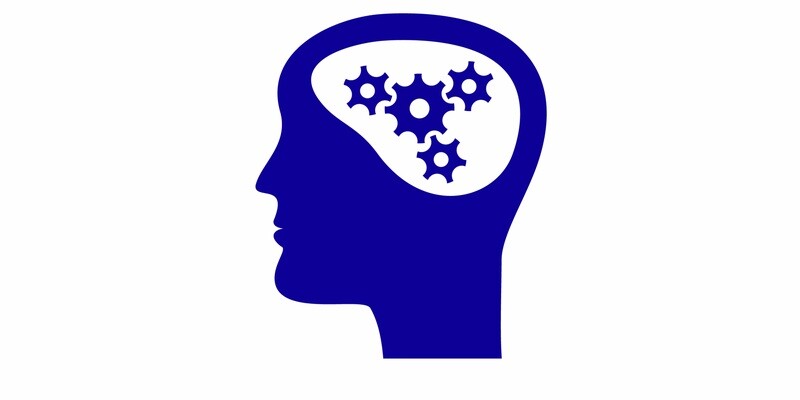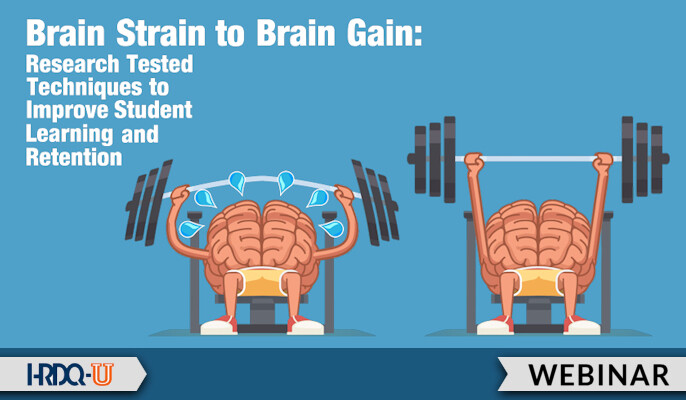The competition for the attention of our audience is more fierce now than at any other time in human history. There are just so many distractions, push notifications, instant messages, snap chats, and wearable technology that beeps and buzzes, not to mention the plethora of streaming services that lure us in and turn us into binge-watching zombies. Our brains are quite literally straining with all the choices, and our students are being conditioned to seek “just in time” solutions that tend to be non-linear in their application. Put simply, they want what they want when they want it.
So, how do we hold the attention of these students and help them to be “present” in our training? There are some hints from the latest brain science research that can help us on the journey.















